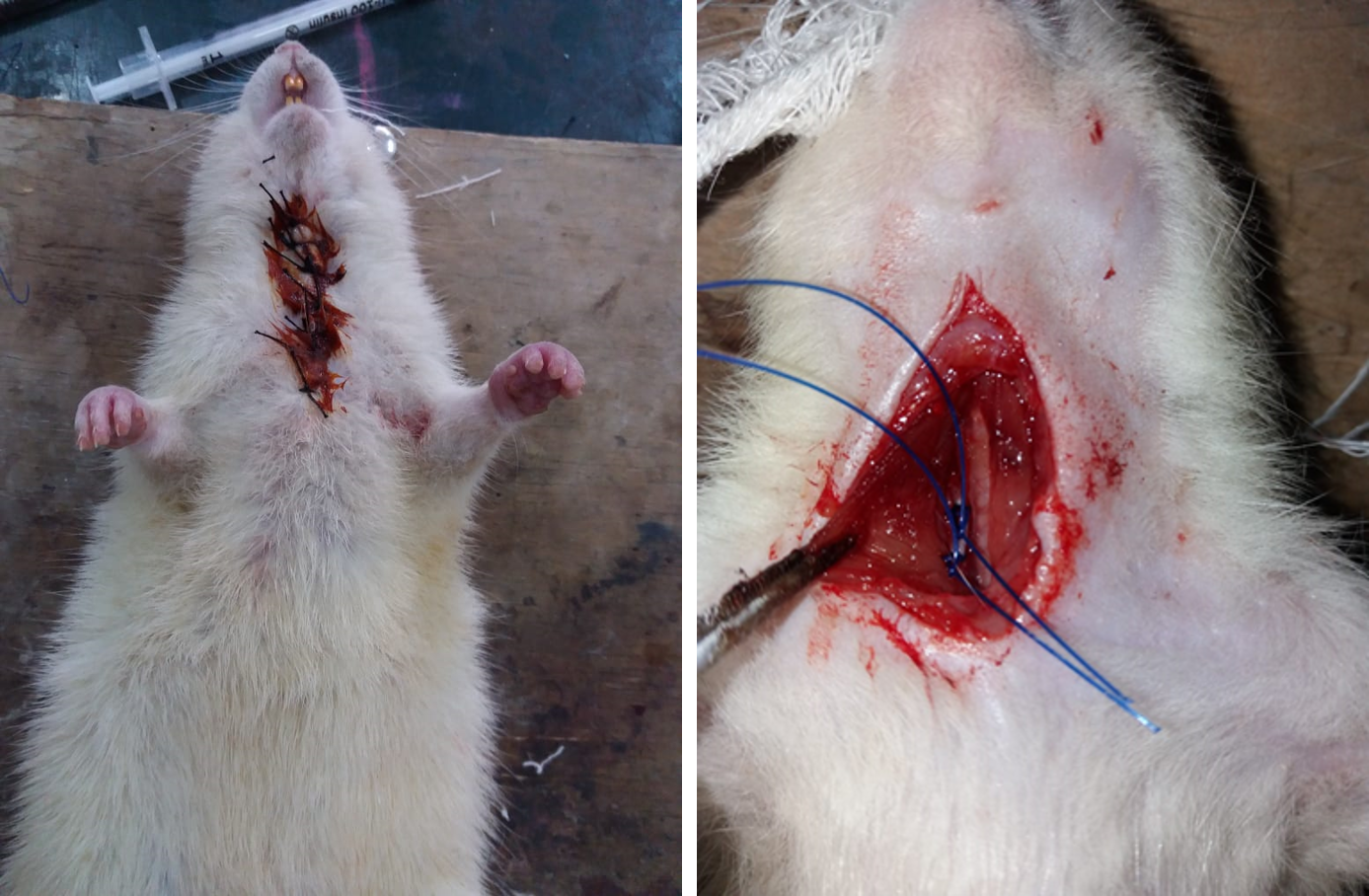Prophylactic treatment of ischemic stroke with Coffea arabica in rats: A preliminary study
DOI:
https://doi.org/10.15419/bmrat.v7i5.604Keywords:
Coffea arabica, ischemic stroke, Forelimb flexion, Pasta, StaircaseAbstract
Introduction: Ischemic stroke is the third leading cause of death worldwide. The purpose of the current study was to assess the preliminary effects of Coffea arabica (CA) in experimentally-induced stroke in an animal model in the context of neuroprotection. The study was also designed to document the prophylactic use of CA in patients experiencing stroke symptoms.
Methods: A total of 25 male albino rats, 12 months of age, were purchased from the local market. They were acclimatized for seven days and divided into 5 groups. Each group consists of 5 subjects. Each subject was trained on a specific test for behavioral assessment. Behavioral modulation of each rat was performed using four tests, namely cylinder test, staircase test, forelimb flexion test, and pasta test. All the tests were performed as per standard criteria at the 4th, 8th, 12th, and 14th day of drug administration. The subjects were administered with caffeine (2.4 mg/kg) and CA (100 mg/kg and 200 mg/kg extract) doses for 14 days to assess the prophylactic use of CA. After 14 days of treatment, rats were subject to ischemic stroke induction using the middle cerebral artery ligation method. All four tests used for behavior modulation were applied at 24, 48, and 72 hours intervals of postsurgery. The subjects were further sacrificed for histopathological investigations. Statistical analysis was performed with SPSS (V. 22) software using one-way ANOVA.
Results: Our findings suggest that treatment with CA, 100 mg/kg and 200 mg/kg orally, decreases the infarct volume. However, there are not many considerable differences that were found in both doses. Histopathological investigations revealed characteristic structural changes occurring in both gray and white brain regions, depending on the severity, location, and duration of the ischemic stroke.
Conclusion: CA is a harmless and active mediator in the dissolution of blood clots and the recovery of stroke in rats. It is an agent that has been found to be efficient for brain activity with few side effects and behavioral modifications.

Downloads
Published
Issue
Section
License
Copyright The Author(s) 2017. This article is published with open access by BioMedPress. This article is distributed under the terms of the Creative Commons Attribution License (CC-BY 4.0) which permits any use, distribution, and reproduction in any medium, provided the original author(s) and the source are credited.
